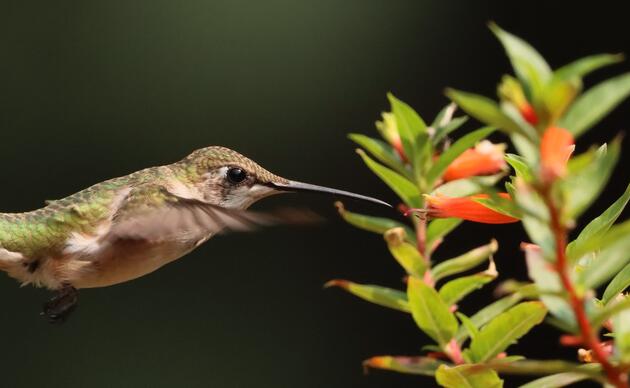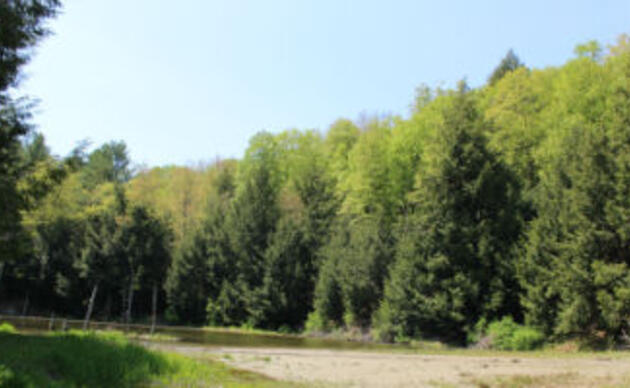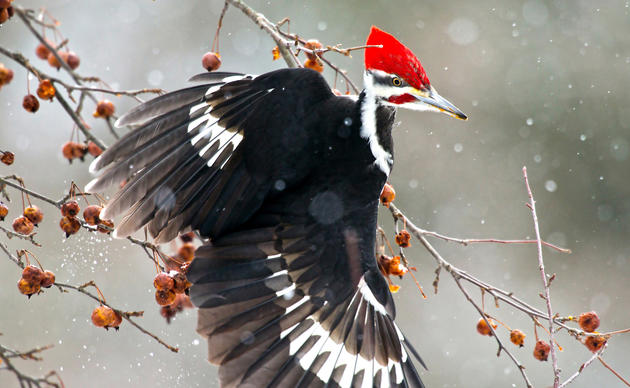Audubon Vermont Launches Local Caterpillars Count! Site
Audubon Vermont is excited to announce the launch of our very own Caterpillars Count! survey site, becoming part of a growing network of community science efforts across North America. This initiative is part of a larger program led by the University of North Carolina at Chapel Hill and aims to monitor the seasonal patterns and abundance of caterpillars and other foliage-dwelling arthropods in forests and shrublands.
What is Caterpillars Count!?
Caterpillars Count! is a community science project designed to help scientists and conservationists better understand the timing and availability of arthropods like caterpillars, beetles, and spiders. Participants conduct surveys by observing leaves on selected trees or shrubs and recording any arthropods they find. This data is then uploaded to a national database, providing valuable insight into arthropod population trends and seasonal changes.
The surveys can be conducted using one of two methods: visual surveys of leaf surfaces or beat sheet surveys, where a sheet is placed under vegetation and branches are gently tapped to dislodge insects. These simple but effective techniques allow participants to contribute meaningful data regardless of their scientific background.
Why This Work Matters
1. Caterpillars are a critical food source for birds.
During the nesting season, caterpillars make up a substantial portion of the diet for many songbird species. For example, a single brood of chickadees may require thousands of caterpillars to thrive. Understanding caterpillar availability helps us better understand the factors influencing bird reproduction and survival.
2. Phenology monitoring helps track climate change.
As climate change affects seasonal patterns, it may cause mismatches between when birds arrive to breed and when caterpillars are most abundant. Tracking arthropod populations over time can help identify whether these mismatches are occurring and what implications they may have for bird populations.
3. Data supports conservation and ecological research.
The information collected through Caterpillars Count! feeds into a larger body of ecological data that can influence conservation strategies, environmental education, and land management practices. It also offers opportunities for public engagement and hands-on learning about local ecosystems.
Audubon Vermont’s Role
With the establishment of our own monitoring site, Audubon Vermont joins dozens of organizations and schools across the country participating in this important project. We welcome volunteers of all ages and backgrounds to take part in weekly surveys from late spring through summer. Training and guidance are provided to ensure accuracy and consistency, and all data collected contributes to the national Caterpillars Count! database.
How to Get Involved
- Learn more and explore resources at the official website: caterpillarscount.unc.edu
- Attend a local training hosted by Audubon Vermont to learn survey methods and arthropod identification (Reach out to david.hewitt@audubon.org to get started)
- Conduct surveys at our designated site and upload your findings using the mobile app or web platform
- Explore collected data and see how your contributions fit into the national picture
A Community Science Effort with Impact
Through this project, Audubon Vermont is supporting scientific research, building ecological literacy, and strengthening connections between people and the natural world. Caterpillars Count! empowers community members to contribute to meaningful environmental monitoring, helping protect both birds and the insects they rely on.
We look forward to welcoming you into this exciting new effort. Together, we can track, learn from, and protect the vibrant web of life that sustains our ecosystems.




